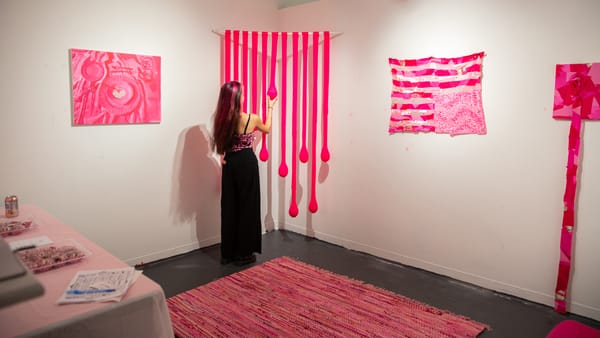An Appreciation for the Often Hilarious, Usually Horrible, World of Bad Graffiti
Who cares about bad graffiti or street art? The spray paint scrawls of ill-chosen tag names ("Piggy Nasty," "Pony Tail," "Tricky Trout, Jr."), reckless vulgarity (penises and boobs drawn on absolutely everything), and sad drawings that barely shape into the animal, face, or whatever they're trying t
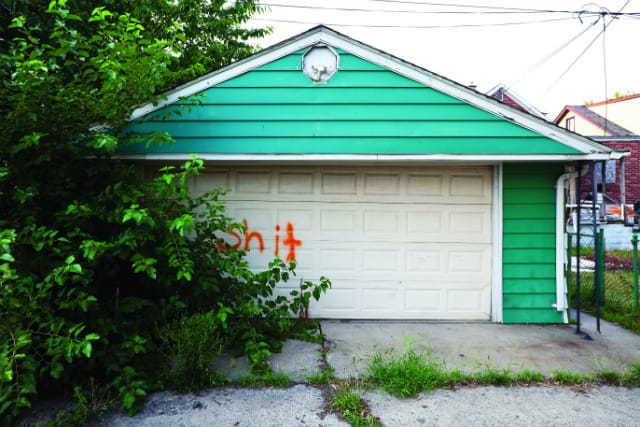
Who cares about bad graffiti or street art? The spray paint scrawls of ill-chosen tag names (“Piggy Nasty,” “Pony Tail,” “Tricky Trout, Jr.”), reckless vulgarity (penises and boobs drawn on absolutely everything), and sad drawings that barely shape into the animal, face, or whatever they’re trying to be, who cares about all that? Usually these aerosol-on-concrete creations just fade into our visual background without a second glance, but artist Scott Hocking has recognized them for the masterpieces of mediocrity that they are in a photography book appropriately called Bad Graffiti, released in December 2012 by Black Dog Publishing.
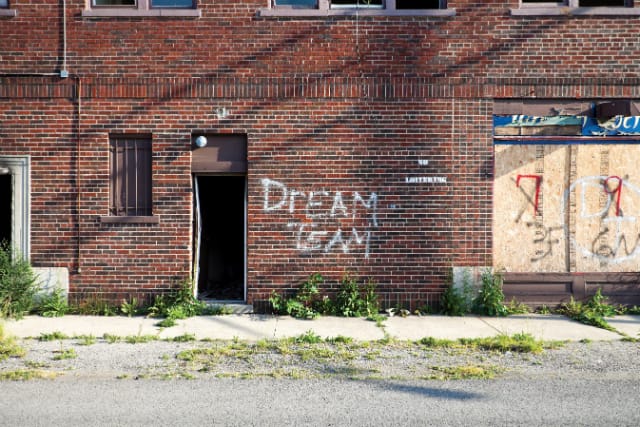
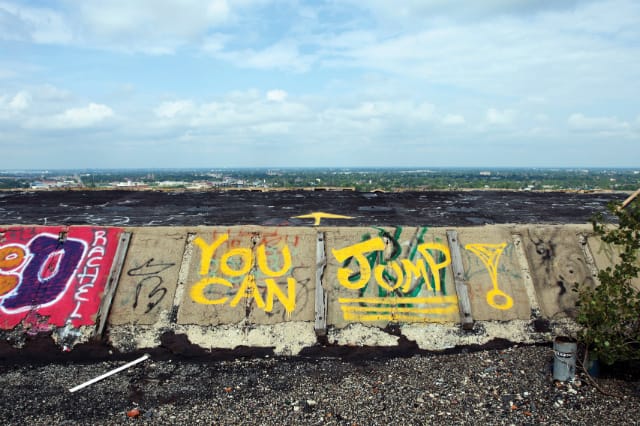
Hocking writes in the prologue: “Sure, anyone can spot a unanimously amazing work of graffiti, but what about the drunken dude who comes along and draws a giant penis on that work? This book is dedicated to those dudes.” He states that bad graffiti can be “vulgar, juvenile, poorly scrawled, misspelled, ignorant, sexist, racist, and ridiculous,” but it can also be “freaking hilarious” and “so bad, it’s good.” For example, the cover photo is a drawing of a cobra, likely representing the Cobras gang, on a bland brick wall, the effect more cuddly than menacing, and there’s also the tagger who for some reason took the name of “Salad” and writes it in cursive (a strangely popular typographical style for “bad” graffiti), which Hocking describes as “mystifyingly bad.” (It’s really a shame that Hocking’s commentary doesn’t progress beyond the first page, as the guy is hilarious.)

It’s worth noting that most graffiti used to be “bad,” in that these huge elaborate tags full of shadows and color are something new, and the quickly written names and symbols were, and are still often, the norm for graffiti. People have long left their name on the places they’ve been, as anyone knows who has been in a medieval church and seen the bored etchings of long-gone choir boys on the stalls, or witnessed the casual mutilation of stone by the Romans on the Coliseum. Tagging on the streets increased in popularity with subcultures in the 1960s and 70s, sometimes with bands or DJs trying to get their names out (like Black Flag that was prolific in this in the late 1970s), but the elaborate work really started in New York City around this time. Dimensional effects and multiple colors appeared the tags like those for Super Kool 223 on the subway trains. The transit canvases got more and more vibrant as the years went on with what was known as the “Wild Style,” and in 1979 graffiti artists Fab 5 Freddy and Lee Quinones even got an exhibition in Rome, where they showed their own art and that of other taggers. The 1980s were then rich with graffiti art, and it’s hard not to imagine the streets and subways just reeking of paint fumes seeing photographs of the city dripping with tags. While this saturated time was somewhat transformed by the “Clean Train Movement” in 1989, graffiti continued to evolve and experiment into the urban landscape we know today. (This incredibly brief history is of course skimming over a lot.)

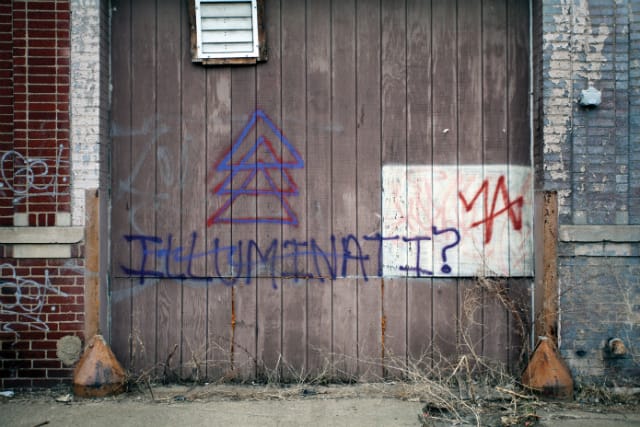
I think this is a compliment, but Scott Hocking really has an eye for the absolutely horrible graffiti that is still everywhere, and how to bring out not just how artistically bad it is, but also its absurdity in placement. (Although often absurdly comical, like the “Nice Boat” on a boat that’s been totally trashed with a falling branch.) His other photography and installation projects are also adept at exploring a certain absurd futility in grand gestures, like his “Fountain of Youth” vending machine hidden in a jungle near where Ponce de Leon made his quest 500 years ago, and “Cast Concrete in the Auto Age” that documents from within the 150-year history of reinforced concrete.
The Bad Graffiti photographs are remarkably placeless and could be just about anywhere. Maybe even your own neighborhood and you’ve never bothered to look. Well, take a glance next time, because while they might be an abomination of aesthetics and deface a perfectly fine wall, there’s something endearing about these examples of bad graffiti from people who just have to make their mark.

Scott Hocking: Bad Graffiti is available from Black Dog Publishing.





